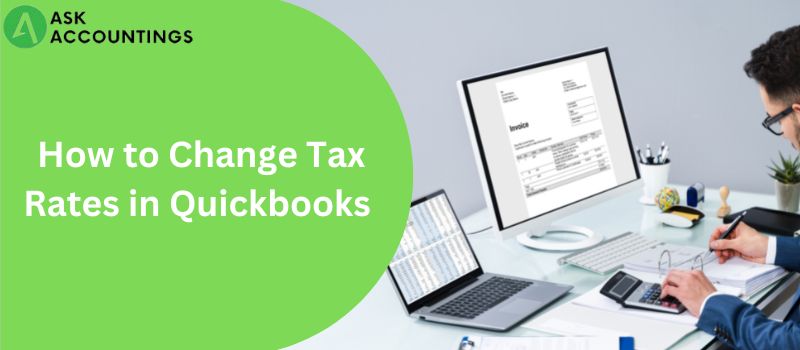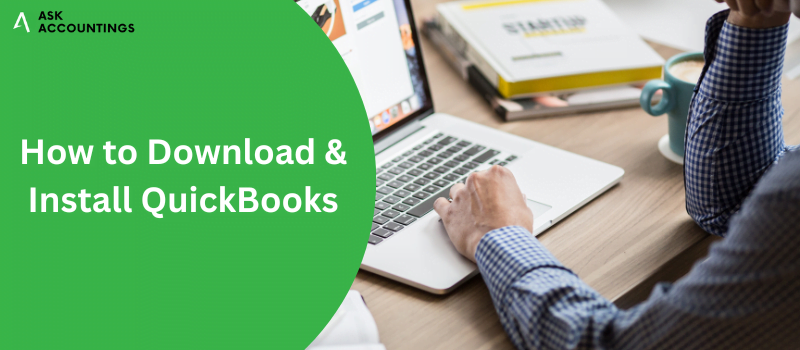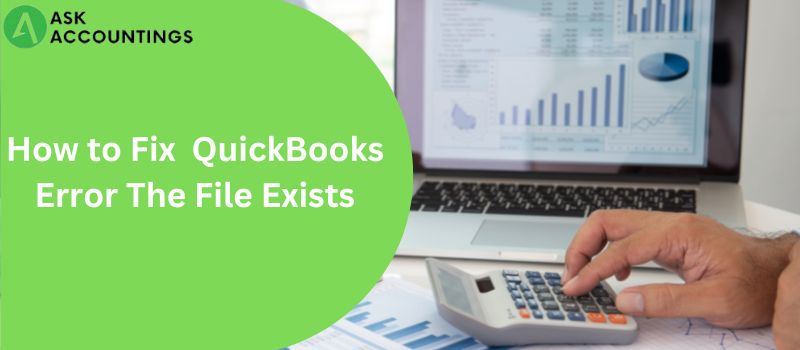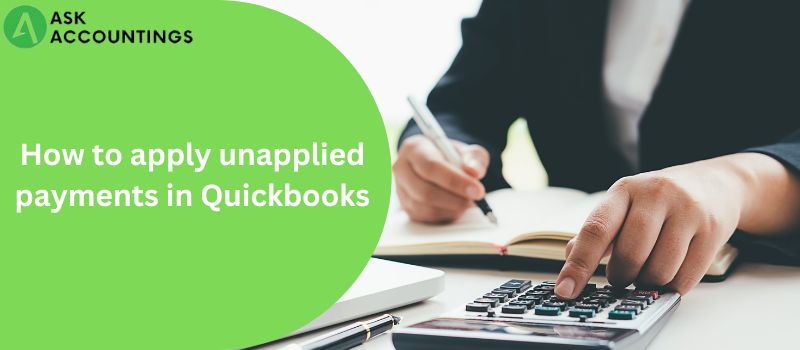While QuickBooks is simple to use and may help you stay on top of your business’s finances and tax obligations, you should know a few things before diving in. While QuickBooks is a helpful tool for keeping track of your business’s finances and tax obligations, there are a few details about the program that you, as a subscriber, should know.
How do you change the sales tax rate in QuickBooks online?
However, in QuickBooks Online, you can change a sales tax rate.
- Access QuickBooks Online from any Mac OS X or Windows computer.
- Pick the Sales Tax option.
- To modify tax categories and governing bodies, click the corresponding tab.
- To change the sales tax rate, click the appropriate rate.
- To edit, click on the edit button.
- Edit the text as necessary and hit the Save button.
How to change tax withholding in QuickBooks?
Instructions are as follows:
- Select Workers and Employees.
- After clicking the employee’s name, select Paycheck List.
- Edit your Net Pay on your account page.
- When the Employee Taxes section expands, click the arrow to the left of the Federal Income Tax column to edit.
- it’s time to confirm that by selecting OK.
How to change payroll taxes in QuickBooks?
You can access State Taxes via Payroll and Services. Choose Modify existing rate or add new rate under State Unemployment Insurance (SUI) Setup. Specifics of your new rate and its start date must be entered. To commit your changes, click OK.
How to enter a tax rate in QuickBooks online?
An additional taxing jurisdiction and rate would be:
- To begin, go to the Taxes section on the left.
- Select “Add/edit tax rates and agencies” from the Related Tasks list on the right.To set a new tax rate, go to New and select Single or Married Filing Separately.
- Identify the tax, the organization to which you remit payments and the speed in percentage form.
- To save your progress, just do as instructed.
How to remove sales tax from QuickBooks?
Reduce or eliminate a sales tax percentage.
- Go to Taxes or Sales Tax on the left side of the page.
- To do so, go to Taxes & Agencies > Add/Edit Tax Rates.
- Select the tax rate you no longer need and click the Deactivate button.
- To deactivate the tax code, select Continue.
Can you explain why QuickBooks isn’t deducting taxes automatically?
QuickBooks may misjudge federal taxes for these reasons: The annual salary cap was breached. The last payroll totals indicate gross earnings much below what is needed to keep workers happy and productive. Process the paycheck update to adjust your taxes.
In QuickBooks, how to record tax withholding?
Step 2: Add a line for withholding tax costs.
- Click Products and Services under the Gear menu.
- To create a new service, you must first select New.
- You should label the line item “Withholding Tax.”
- Select the newly established withholding tax cost account from the Income account drop-down menu.
- Delete all temporary files and exit.
How to change annual tax rates in Quickbooks?
Here are Quickbooks’ instructions for modifying yearly tax rates.
- From the main menu, select Edit.
- In the Preferences menu, select Sales Tax.
- Click on the “Company Preferences” button.
- Whether or not you collect sales tax, please indicate that fact by marking the corresponding box.
- Follow it with a click of the “Add Sales Tax Item” button.
- Put in the name of the tax and the percentage it accounts for. You may also add a summary.
- Put the name of the relevant tax authority here.
- Hit Ok.
- Enter a nine-digit tax code. These codes simplify the process of keeping tabs on taxable and tax-exempt transactions.
- Decide between a cash or accrual basis for taxes.
- Determine when tax payments are due. (annually, semi-annually, monthly)
- Select OK.
How to modify the Quickbooks tax percentage?
If your bank has recently instituted a new tax rate, you can update the sales tax rate for all your clients in a single batch in QuickBooks Desktop. However, you can change the tax rate on a case-by-case basis as you do business.
Apply the following methods to accomplish this goal;
- Select Reports from your QuickBooks company page’s main menu.
- When you go to the Reports tab, click the down arrow next to List.
- Choose “Item List” from the drop-down menu.
- Any things currently stored in QuickBooks will be seen. It’s open for your tweaking if you so choose.
- To do this, select Customize Report from the main menu.
- To access the Reports section of your QuickBooks company page, click the Reports tab.
- To create a list, go to the Reports section and choose List from the pull-down menu.
- Item List can be accessed via the pull-down menu.
- Everything that can be found in QuickBook will be shown.
- Alter it to suit your needs if you desire.
- Access this feature by selecting Customize Report from the main menu.
- Choose Filter in the new window that has opened up.
- After that, choose Account and All Liabilities under the Account Liabilities section.
- Click select OK.
- The only thing you’ll get out of this is your sales tax, as you’ve probably noticed.
- It is recommended that you print out the sales tax checklist.
- To do this, go to the File tab, Print, and select Report from the drop-down menu.
- After checking the online tax rates, let’s continue by selecting List from the main menu.
- Pick “Item List” from the menu that appears.
- To deactivate outdated prices, right-click on the town or county and select “Make item inactive.”
- After that, click Item down at the bottom of the page.
- · When the new page loads, select New from the drop-down menu and click Sales Tax Item under Type.
- If you wish to collect sales tax in a specific county or district, you can specify that here. Name
- Include the Sales Tax City in the Description field (name) if applicable.
- To enter the city’s tax rate, go to the Tax rate page and copy and paste the number into the Tax rate form.
- Enter the firm that pays you in the Tax Agency Vendor area. From a menu. Investigate the provider online. Click OK when done.
How to change the Tax settings in Quickbooks?
All future transactions will have this tax rate applied to them by default.
To modify QuickBooks’ preconfigured tax parameters, follow the steps outlined above.
- Navigate to “Employee Center” under the “Employee” tab.
- Navigate to the “Employees” page and double-click on the employee’s name to change a worker’s local payroll tax rate
- Select “Payroll and Compensation Info” from the “Change” pull-down menu.
- Click the “Taxes” menu, then the “Other” option.
- Identify the tax that needs to be changed, then update the rate in the corresponding field (the “Rate” field). We will assume that this rate is expressed as a percentage.
- You can save the updated rate by selecting the “Save” option in the screen’s upper-right corner.
Steps to Change Sales Tax Rate in QuickBooks Desktop
If your bank has recently instituted a new tax rate, you may easily update the sales tax rate for all of your customers in QuickBooks Desktop at once. Because of this,
- Choose Lists from the main menu.
- Then, right-click a space and select “Sales Item” from the resulting menu.
- This new window will now open. Replace the current rate with the new one in the Tax Rate (percent) field.
- You can also add a description and change the Sales Tax Name. When you are finished, select OK.
Conclusion
QuickBooks Self-Employed helps sole proprietors track income and expenses. It calculates your quarterly federal taxes for planning. It also records data for your independent contractor tax return.
Also Read: How To Reprint checks in QuickBooks
Also Read: How to Fix QuickBooks Error The File Exists?



